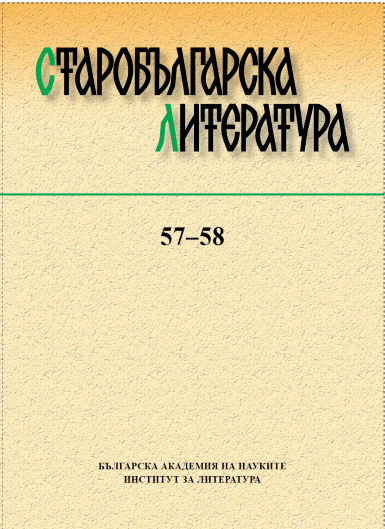
We kindly inform you that, as long as the subject affiliation of our 300.000+ articles is in progress, you might get unsufficient or no results on your third level or second level search. In this case, please broaden your search criteria.

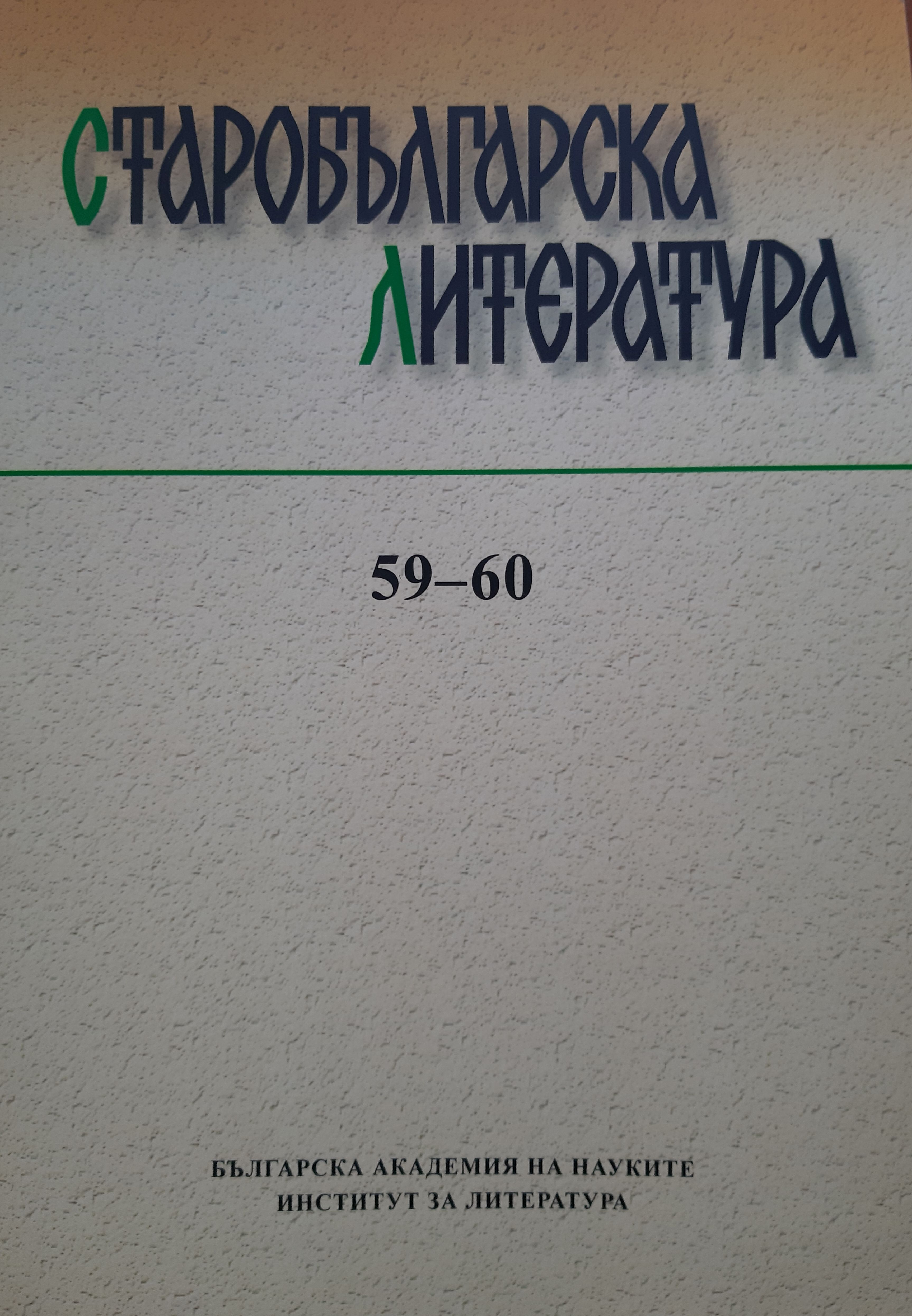
This study is based on the notated repertory in the Greek Oktoechos prior to the 13th century. The notated Ocktoechos was included as the last section of one of the principle notated books – the Sticherarion. Four cycles were systematically notated in the early (pre-thirteenth-century) Greek Sticheraria– the anatolika and alphabetika stichera with theotokia, usually attributed to John of Damascus, the anabathmoi attributed to Theodore the Studite, and eothina stichera attributed to Emperor Leo VI the Wise. Some sources featured also the exaposteilaria attributed to Emperor Constantine VII Porphyrogennetos. These notated cycles are explored here in the context of the Typika used at the time – the Hypotyposis of Theodore the Studite, the Typikon of Alexios the Studite, and the Typikon of Evergetis. The early copies of the Hypotyposis do not mention the anatolika and alphabetika stichera. The Typikon of Alexios the Studite, which is based on the earliest copies of the Hypotyposis from the second half of the 10th century, prescribes only resurrectional stichera after both Psalm 140 at Vespers and Psalms 148-150 at Orthros. The Typikon of Evergetis, which reveals a very strong neo-Sabaite influence, already prescribes the anatolika and the alphabetika stichera. Hence, we consider the 11th century a watershed in the formation of the notated repertory of the Oktoechos. We propose that the four cycles included in the earliest notated Oktoechoi were probably notated because they were new for the liturgical practice in the region of Constantinople from the 9th through the 11th centuries (as either newly compiled or newly composed works).
More...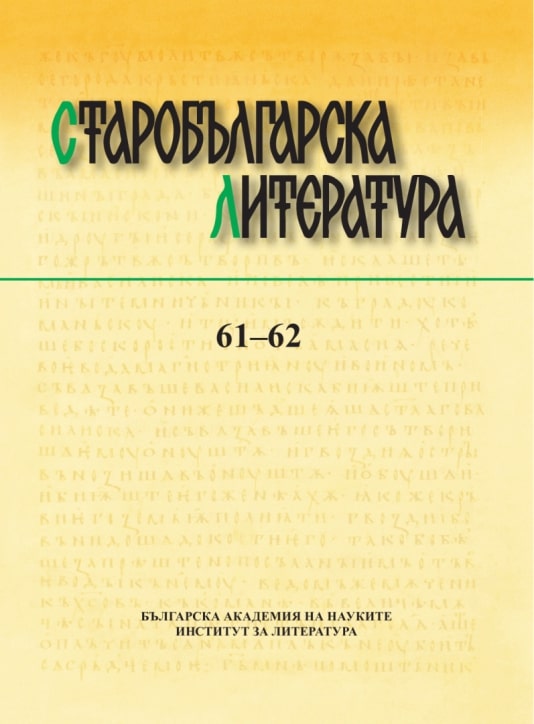
In the Radomir Psalter script and illumination act together to produce a powerful visual and psychological effect on the viewer. In analyzing their modus operandi, the paper focuses on the paleographical features and the most striking imagery in the decoration, involving representations of human hands, snakes/dragons and birds. This selection of motifs has its focal point in the large-scale composition on f. 167r, showing a heraldic couple of monstrous birds (or flying dragons), intertwined with a couple of snakes/dragons. Assuming the double function of a headpiece and tailpiece, it marks the end of the Psalter where djak Radomir left his colophon and the beginning of the added “Story about Saul Chasing David.” The latter, still not properly studied, is considered an original Slavonic literary work. Its highly emotional content, when juxtaposed to the scribe’s note asking ‘readers’ to commemorate his father, suggests a very personal reason behind the creation of this manuscript. The study of the ornaments reveals encoded apocalyptic—and respectively soteriological—notions connecting in a single verbal and visual complex the devotional character of the Psalter as a book and private prayer for mercy and salvation. When considered in a broader socio-historical perspective, the manuscript’s illumination suggests that the book was created at a time when thirteenth-century Bulgarian society feared yet again the coming of the ‘last days’. In that respect, the author raises the open question to what extent the spread of the visual language so characteristic for the illumination of thirteenth-fourteenth century South- and East Slavonic manuscripts and usually termed ‘teratological style’ or ‘teratological ornament’ might have been prompted by such a collective sensibility.
More...
The library of Zographou, the Bulgarian monastery on Mount Athos, holds nearly four hundred Slavonic manuscripts. The one currently numbered 263 was copied in AD 1785 and describes, among other things, the miracles worked by three icons which continue to be venerated at the monastery. Two of these icons depict St George, the third one shows the Virgin and Child. The eighteenth-century tales about them are published below.
More...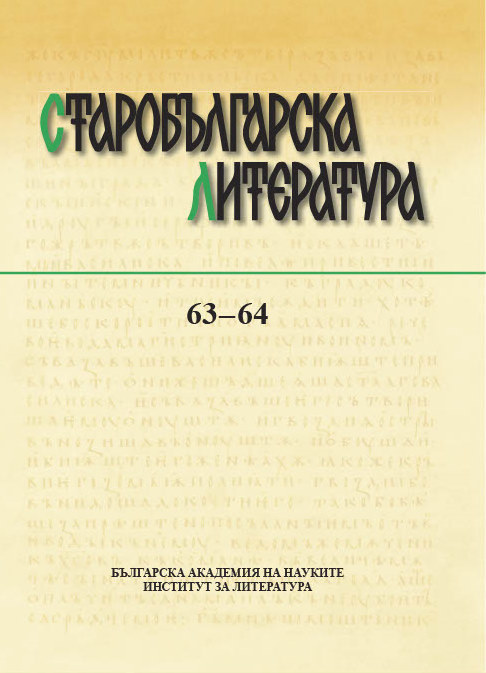
The legendary story of the Athonite Dochiariou Monastery is associated with the protection and help of the Holy archangels. The body of narratives has continued to grow over time to take on its final form in the early sixteenth century. The earliest extant texts are Slavonic translations associated with the pen of Vladislav the Grammarian (the second half of the fifteenth century). A bilingual (in Greek and Slavonic) manuscript of the late fifteenth century is kept at Dochiariou, providing an account of the miracles worked by the archangels at the monastery. Versions of the Dochiariou legends were gaining currency in Russia to be included in the reading menaia, synaxaria and panegyrika. Thesaurus by Damascenus Studites played a significant role in the popularity of the miracles. Proskynetarion of 1843, published in Dochiariou, gave a detailed account of the miracles.The earliest representations of the Dochiariou miracles have been lost, though there are written records of their existence of the fourteenth century. The full cycle of the miracles is illustrated at the catholicon of Dochiariou as well as at the refectory and on the phiale. The monastery published also a series of prints circulating the main scenes of the Dochiariou cycle and rendering them generally available.The earliest in Bulgaria illustration of the miracle with the boy rescued from drowning is at the Church of the Nativity in Arbanassi (1640s). Three of the scenes from the cycle occur on a series of icons of the Archangel Michael with scenes of the miracles of the archangels painted in the late eighteenth and throughout the nineteenth centuries. An analysis showed that they had been inspired by Damascenus Studites’s Thesaurus. The murals at two churches within the complex of Bachkovo Monastery (of the Holy Archangels and the church of the same name in Kluviata locality) include cycles of scenes of the Dochiariou miracles, modelled on a 1809 Dochiariou print. The emblematic scene depicting the rescue of the boy from the waves is found on iconostases painted by masters from Debar in the late nineteenth-century Bulgaria’s northwest. A woodcarver, possibly coming from Debar too, sculpted the episode of translating the treasure at the church of the village of Teshevo, the region of Gotse Delchev.
More...
This essay presents two bird-shaped Eucharistic containers (“doves”), originally belonging to Orthodox foundations in South-Eastern Europe. In Western Europe, the use of eucharistic doves is confirmed by the conspicuous number of examples, survived to the passing of time and preserved in various medieval art collections, both in Europe and in the United States. On the other hand, the scarcity of attestations of objects with this form in use in Eastern-rite churches has not so far allowed to verify their diffusion, nor to define a possible evolution in comparison to the Western examples: despite the ancient sources offering interesting starting points for the research, their use in the Eastern Orthodoxy has not been the subject of intense investigation until now. These two examples possibly mark the two ends of a presumably long tradition of bird-shaped Eucharistic containers in the Orthodox world, and their introduction in the art historical literature represents a starting point for future investigations.
More...
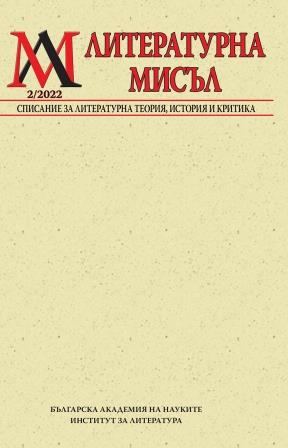
The article studies the artist's books of some of the most famous writers and painters of our time George Badin and Michel Butor.
More...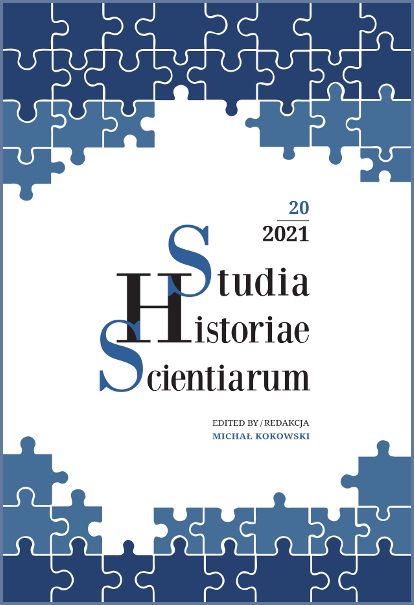
This article aims to provide a historical overview of the impact of architecture and decorative arts on health and health preservation in Muslim societies during the medieval era. Based on primary medical sources, this article provides a historical interpretation of the theoretical origin of the ignored link between medicine and architecture (and decorative arts). Our findings indicate that some empirical results concerning the effects and aspects of built environments (architectural spaces) on health and treatment–both physical and mental– have been considered in the medical sources. Practical instructions of these sources introduced two theoretical achievements: 1) an introduction to the historical knowledge of environmental health and design of healthy places, and 2) a comparative analogy of the built environment and human nature (organism), which became a theoretical basis for the relationship between natural sciences, architecture, and the decorative arts in the middle ages. Considerations of the study show the extent to which architects and artisans, based on the teachings and instructions of physicians, dealt with the structural and content adaptation models of architecture and decorative arts to human organism and nature.
More...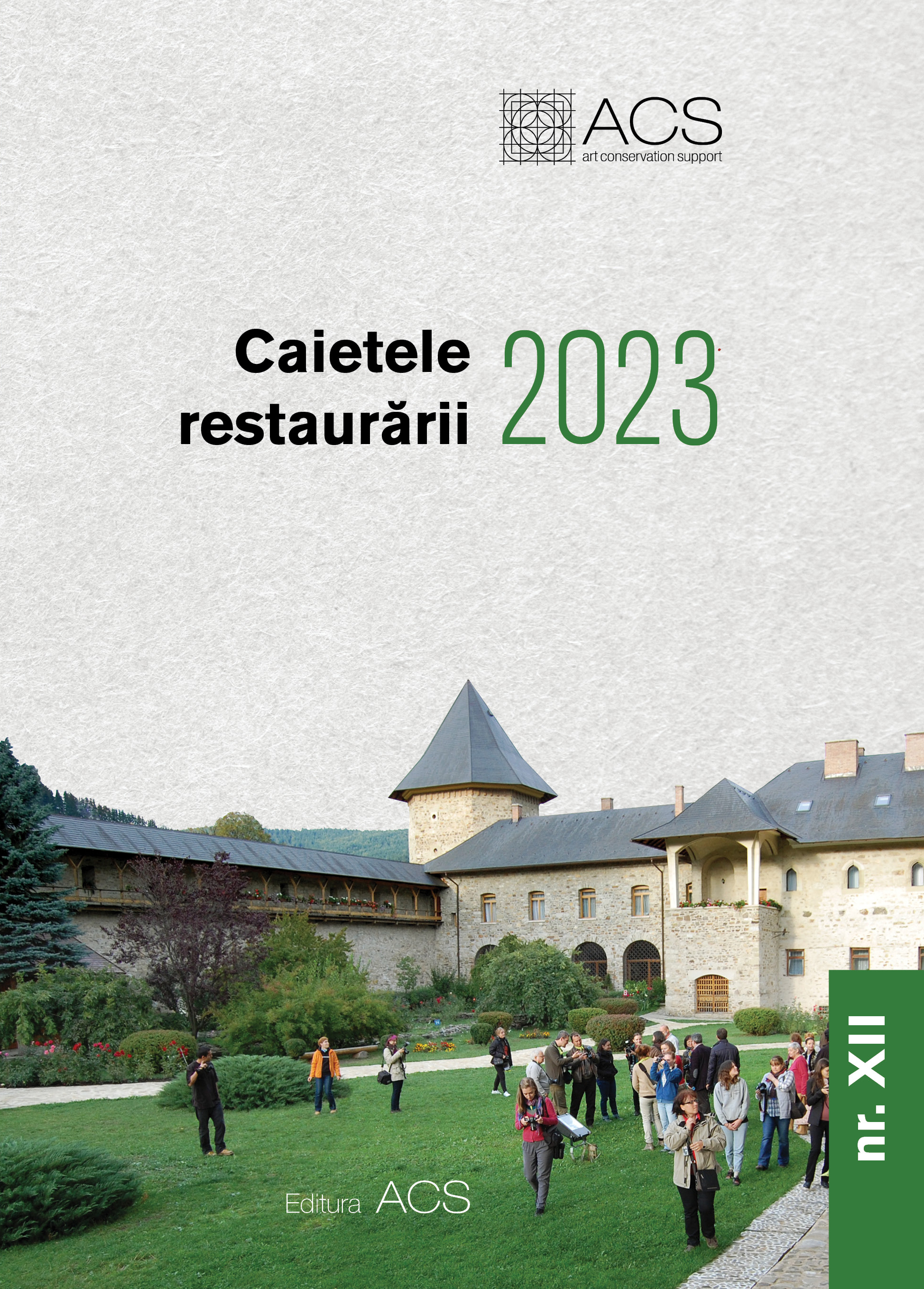
This study focuses on the early stage of formation of the legal and institutional framework, as well as on the beginnings of the registration, conservation, and restoration of historical monuments in the Old Kingdom of Romania. These topics started to be investigated in the second half of the 20th century and more recently, especially during the last two decades, the focus switched to the actors – either architects or self-taught, with or without specialized education, foreigners or locals – who, starting with the mid-19th century, gave meaning to the transition towards modernity of patrimonial practices. The current research does not aim to revise the topic, but to offer an overview, emphasising the most important contributions of those who have shaped an important chapter of modern architectural culture in Romania.
More...
The participation in the restoration of the ruins of Trajan’s Bridge in Drobeta-Turnu Severin offered the opportunity of a thorough knowledge with multiple bearings of a monument, whose restoration involved complex works. The article is divided in three main parts. First, it reviews the historical information on the monument, its evolution, and the previous interventions on it. Second, it presents the bridge’s details of construction and technique, some of which were previously unknown and were facilitated by the direct knowledge of the monument. Finally, it offers an overview of the conservation state, degradation phenomena, and restoration works that were undertaken for the purpose of recovering the initial materials and for conserving, restoring, and highlighting the bridge’s ruins.
More...
The initial conservation state of the late-18th century Royal Doors was very poor when they reached the Restoration Laboratory of the Theology Department – Sacred Art Specialization of the University in Piteşti. The adhering and clogged layers of sooth diminished not only the legibility of the painting depicting the Annunciation, but also the polychromy of the bas-relief sculpture. For this type of degradation and for the purpose of identifying the execution technique, a preliminary research was needed; this stage involved multidisciplinary examinations from the part of various specialists. Cleaning tests utilizing several types of solvents and their mixing in various proportions has led to the colors’ identification: gold and silver leaves, red, and green. Following the conservation-restoration proposal by the project coordinator, the works of conservation and restoration of the two Royal Doors were undertaken. The restoration team was composed of BA and MA students from the specializations of Sacred Art and Restoration of Icons and Mural and Easel Painting, respectively, both specializations belonging to the Department of Theology, Letters, History, and Arts of the University in Piteşti.
More...
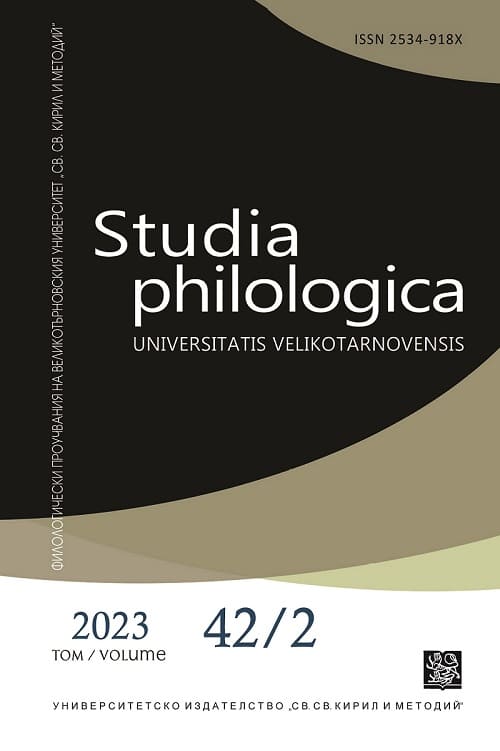
The article introduces the history of creation, the content and messages of the work “Mistero Buffo”. The main task of the text is to clarify the origin and essence of the term “grammelot”, as well as to follow its use as a theatrical language by Dario Fo in “Mistero Buffo”. Some of the translation difficulties that would be faced by future Bulgarian translators are also presented. The paper sets the task, by presenting the specifics and implications of the work, to provoke interest towards it on the part of the Bulgarian public, as well as the translation and theater community, and alco to accelerate its popularization by realizing the need for it to be translated and placed on the Bulgarian stage.
More...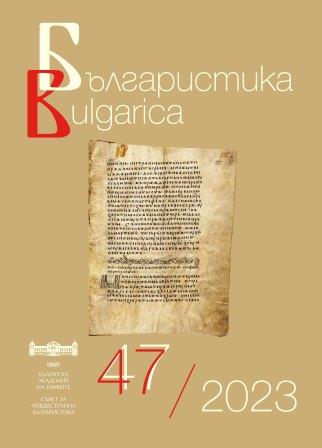
Defended PhD theses in Bulgaria in the field of linguistics, literature, history, folklore, ethnography and art studies
More...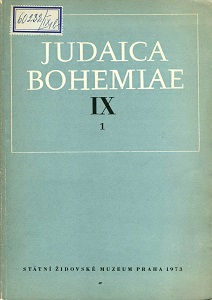
1. Terezín (Theresienstadt) am 3, September 1972 2. Le cycle des conférences „De l’histoire de l’art juif“
More...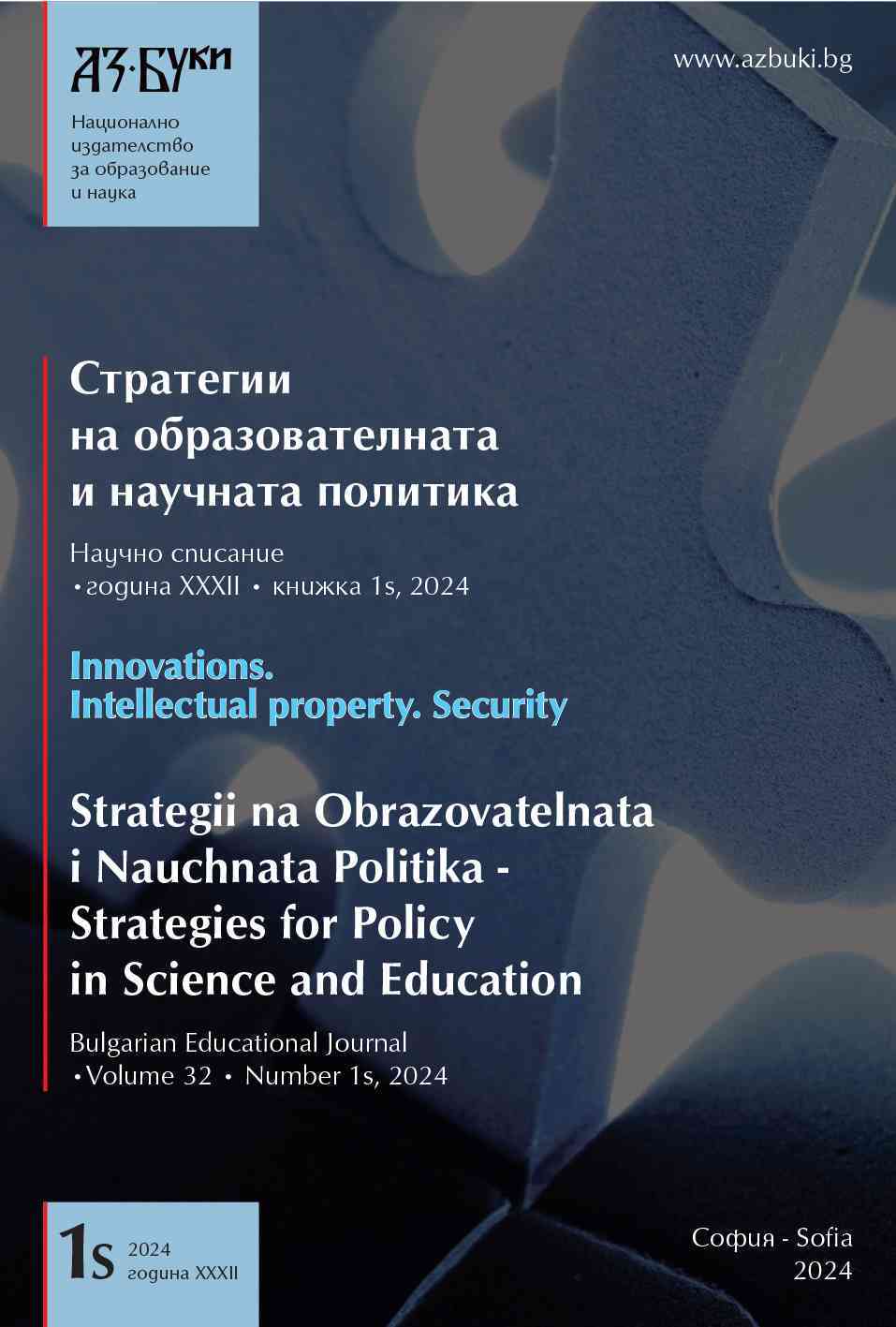
The purpose of the article is to determine the place and importance of Chain of Title of a film or other audiovisual work, which is the basis of the successful sale of film industry products. The role of Chain of Title for film producers is imputed by film distributors, sales representatives and broadcasting organizations. The importance of proper and prompt formalization of business relationship between the industry product creators – which are the intellectual property rights holders, and the film producers is fundamental to the possibility the producer to generate revenue and profit from the film that will recoup the investment made, and also to provide rights holders with additional remuneration. In the Republic of Bulgaria, for the producers of films and other audiovisual works, the issue Chain of Title is still not fully clarified and the article focuses on the process of presenting this essential information from the point of view of the current regulations in the field, the requirements of distributors, broadcasters, and to present the author’s experience in obtaining the Chain of Title process. The methodology used, allows to present accessible and practical information, both for professionals in the field of the film industry, as well as for teachers and students.
More...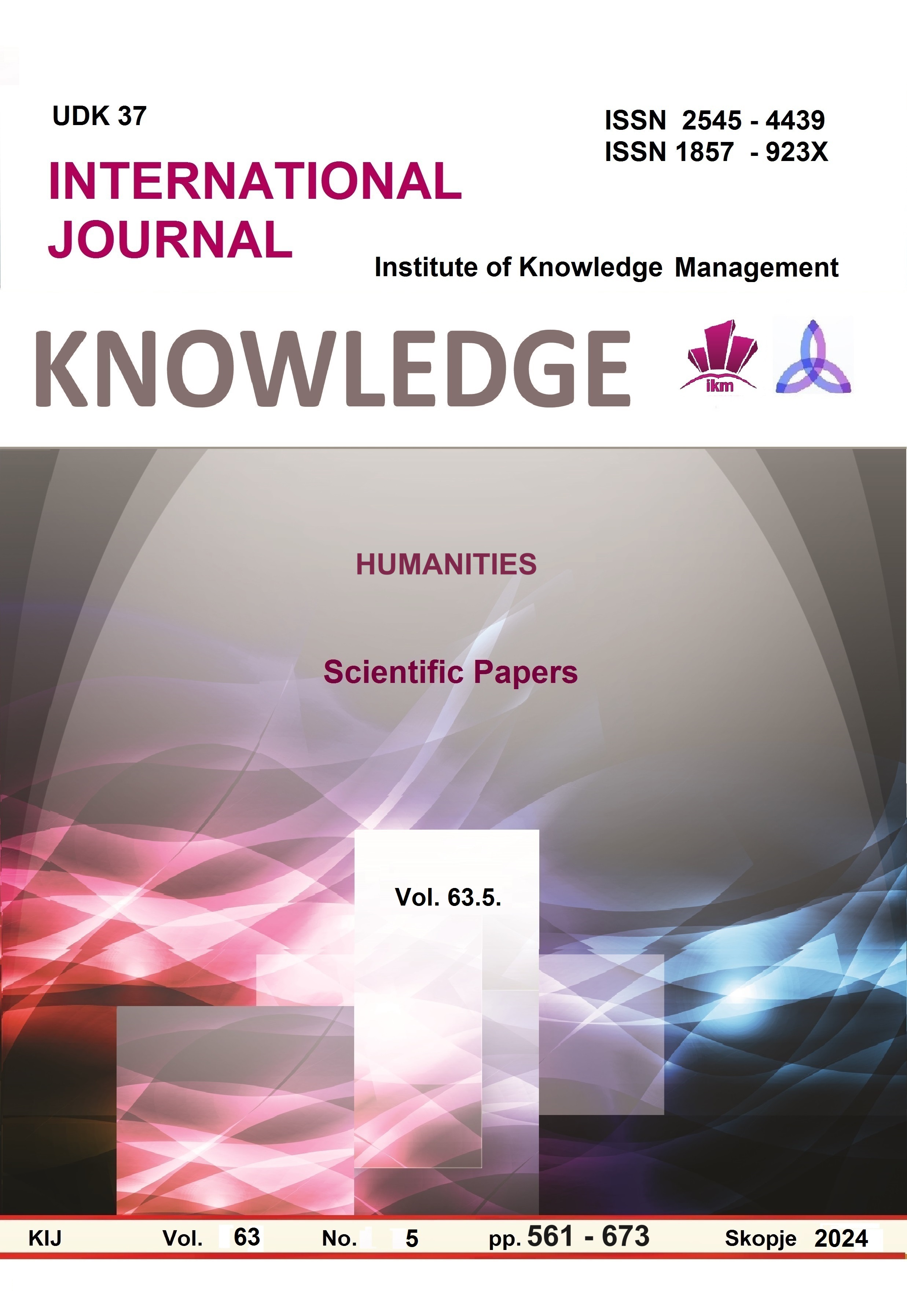
Before delving into the two themes that outline the period of socialist system in Albania (1944-1991). We will attempt to provide a brief retrospective by referring to the early influences of Italian culture in Albania. Based on historical facts, the influence or impact of Italian culture during the socialist period did not start there, nor was it incidental, but rather a continuation of a relationship that dates back hundreds of years. One of the theses of Italian cultural influence in various aspects of Albanian life is the geographical proximity between the two countries. By carefully observing the distant past now belonging to history, we notice that there is an extra factor, other than geographical proximity that serves as the glue for this cultural fusion. The question arises: What is it? What were the reasons that made Italian political and cultural hegemony necessary in Albania? The first undeniable fact that catches the eye is, Albania borders many nations, but none of the neighboring Balkan countries have had the same effect as Italy. The Albanian people resonate more with Italian culture than any other. Italian influence has been embraced by Albanians as a welcomed addition rather than an imposed one. There may be several reasons. Today we will consider the main reason: the similarity in temperament and inevitable intertwining of history between the two nations. The beginnings of this path of cultural influence date back very early. Referring to history, the Italo-Albanian connections date back to around the 1800s. But if we go even further back in time, it would be the years 1259, and then 1478, when the Ottoman army's conquest of Kruja, triggered the exodus of Arbëreshi settlers towards Calabria.
More...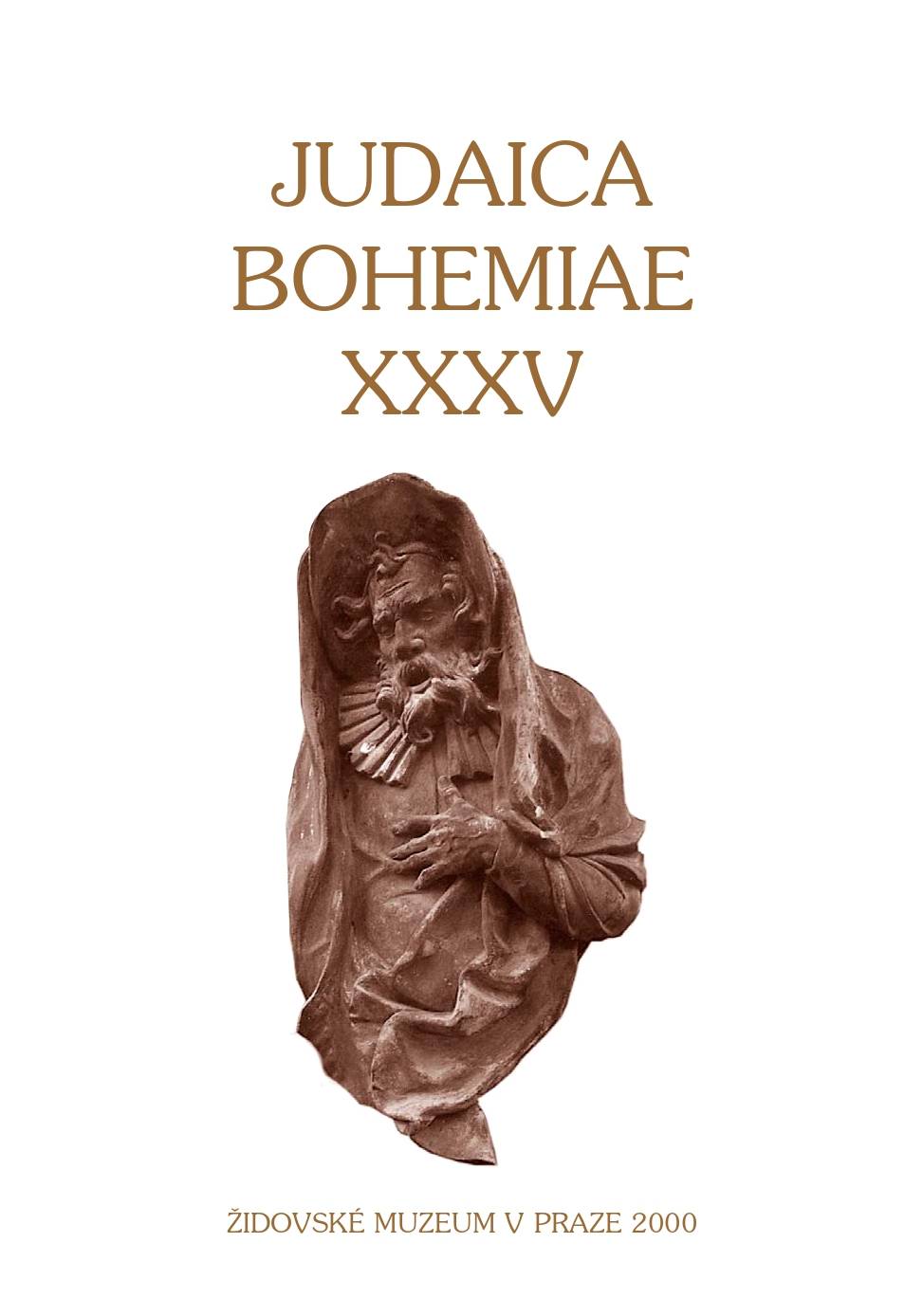
The "Spanish Synagogue" of Prague, originally known as the "Israelite Temple of Prague," is a significant example of early Moorish style synagogue architecture from the mid-19th century. It was a central place of worship for some of Prague's most affluent Jewish families and played a key role in the Reform movement. The synagogue's design, attributed to architects Josef Niklas or Ignác Ullmann, underwent revisions before its completion in 1868. Its name, "Spanish Synagogue," is not due to its architectural style but likely stems from a mistaken belief in a Sephardic congregation's historical presence. The building's restoration in 1998 by the Jewish Museum of Prague has made it a prominent landmark and tourist attraction, although its history remains somewhat enigmatic.
More...
In 1985, Mai Murdmaa choreographed a ballet based on Mikhail Bulgakov’s novel The Master and Margarita, set to music by Eduard Lazarev. This ballet offers a good example of late-Soviet-era censorship in ballet, as the Communist Party’s ideological functionaries interfered in the production of this ballet before and after its premiere. Censorship in the Soviet Union is difficult to research because it was a forbidden subject and there are few official references to it – most suggestions were made orally, and thus information about them is largely based on people’s memories. In the case of the ballet The Master and Margarita there are, in addition to oral sources based on memories, also a written record of an eyewitness about of the alterations made in the ballet in its first season of production. This article presents an overview of what happened and when, and analyzes the reasoning behind the changes.
More...